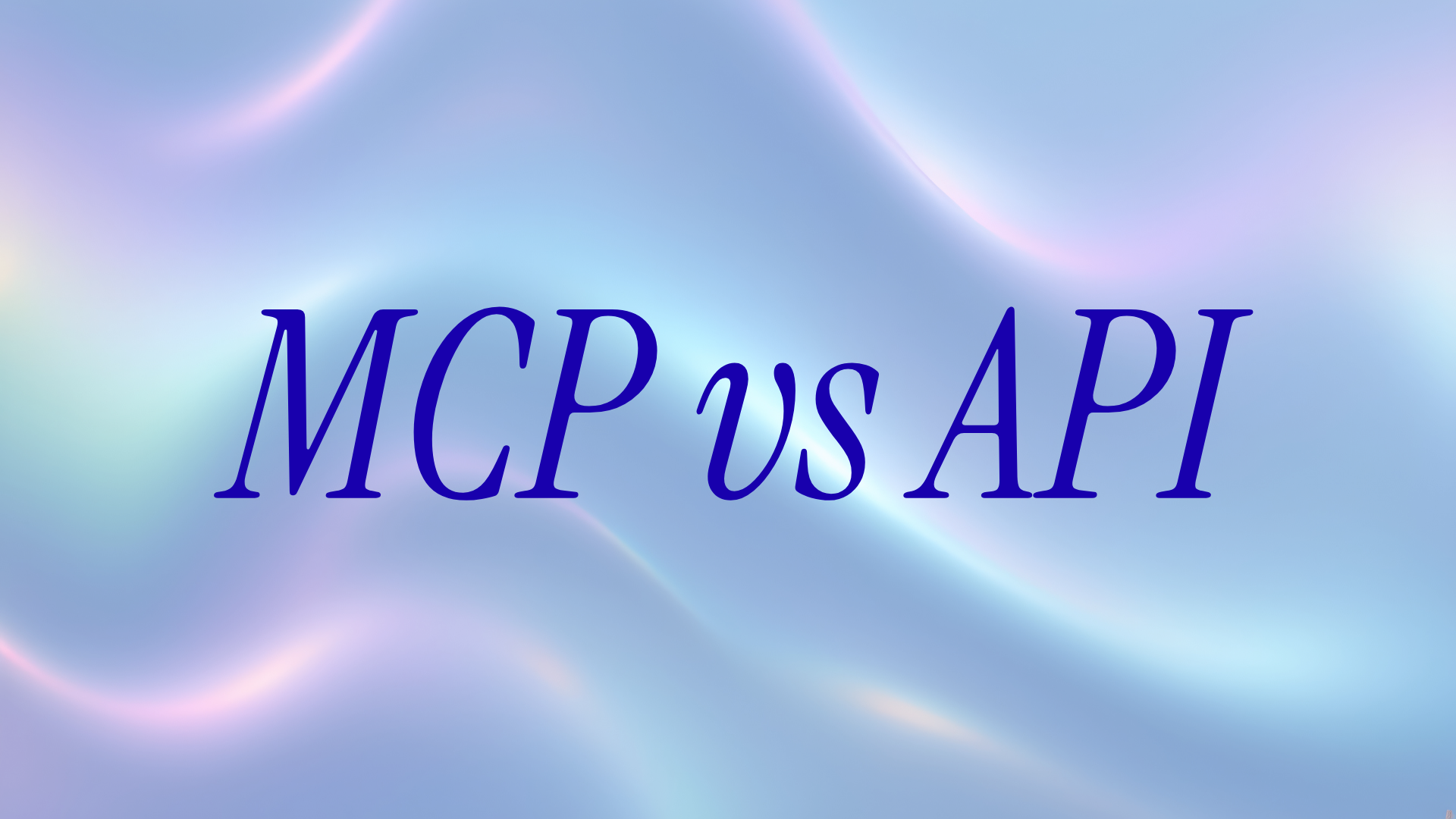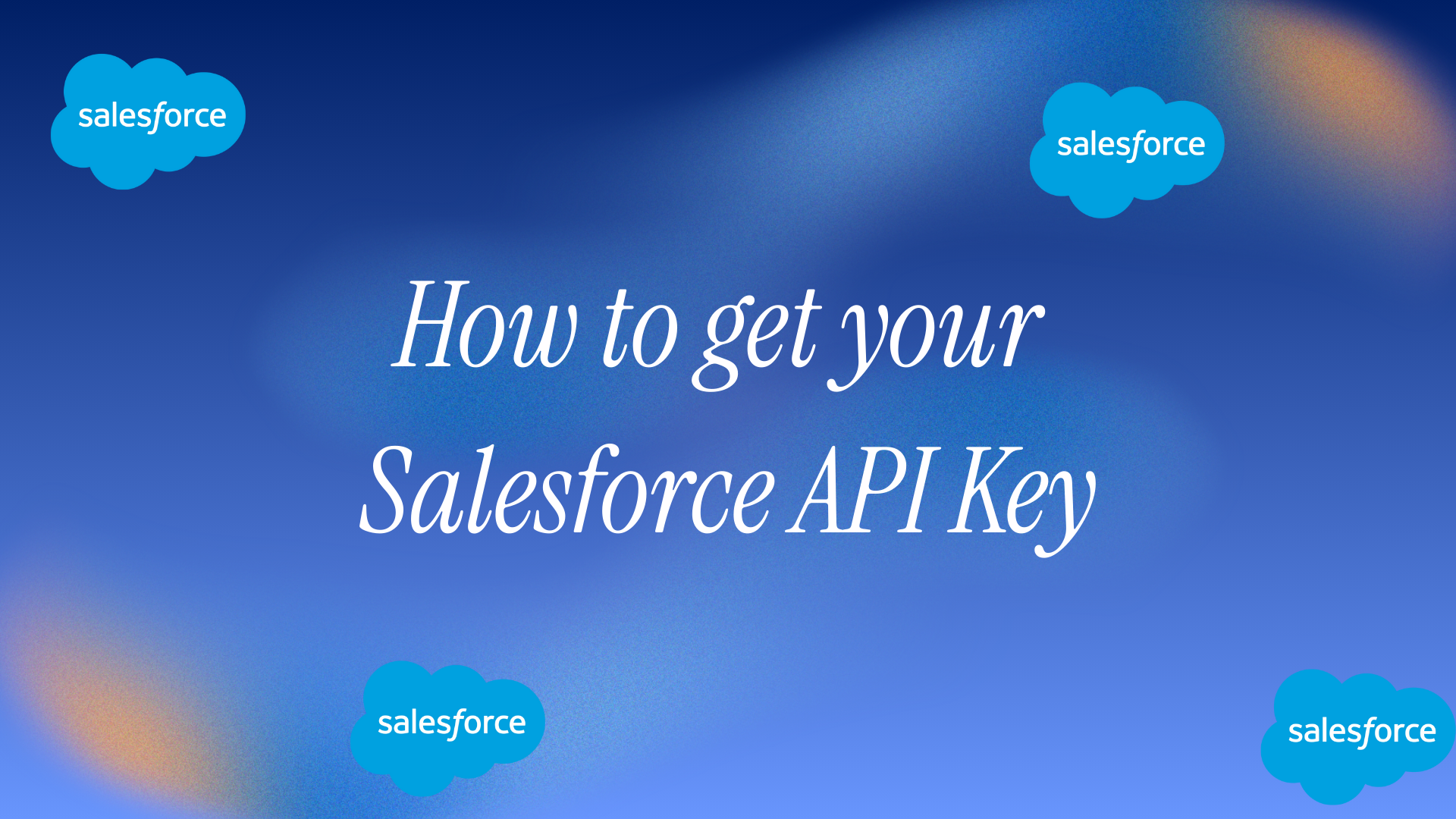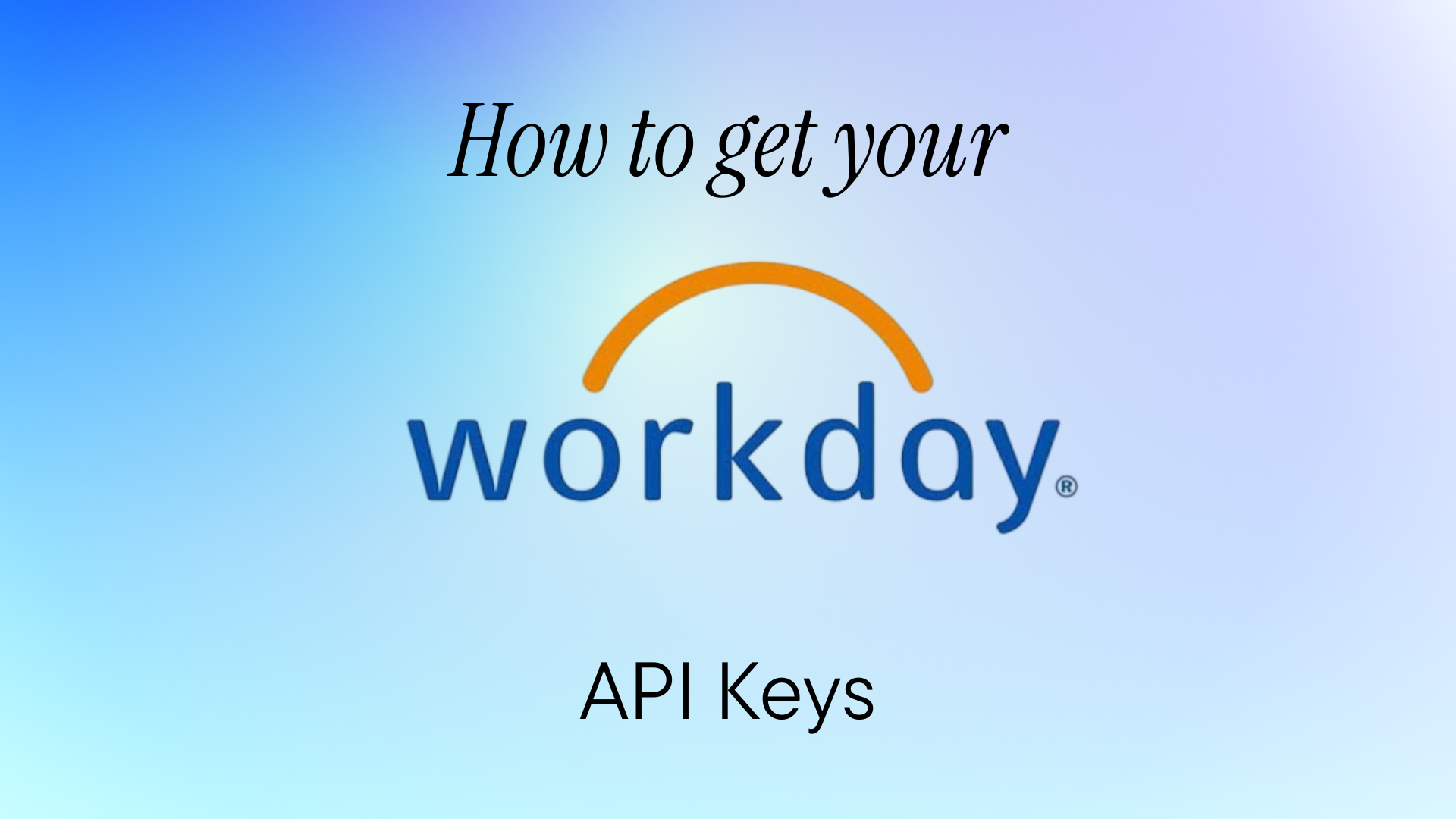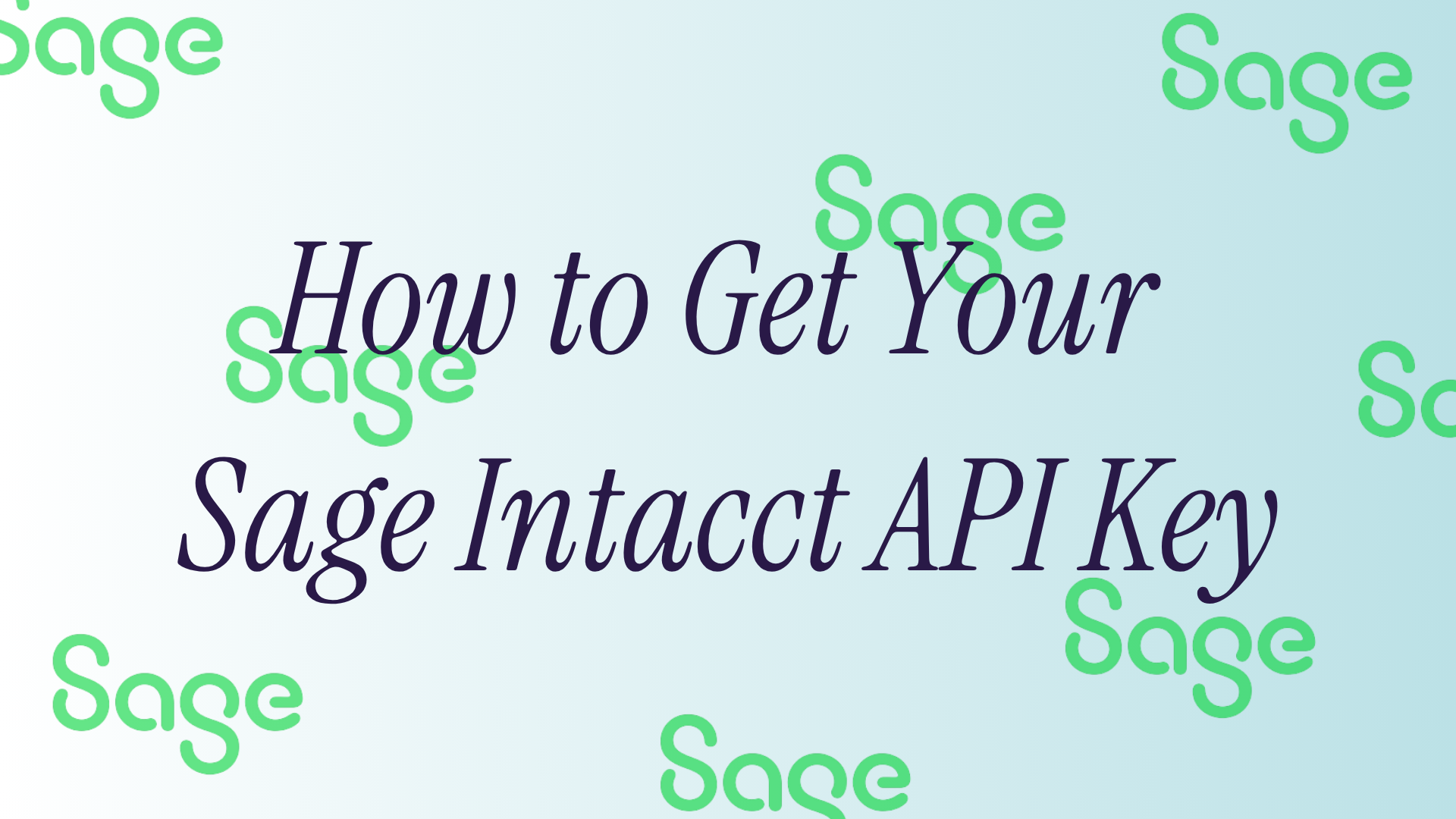MCP vs API: What's the Actual Difference and When to Use Each
If you're building with AI in 2025, you've probably heard about the Model Context Protocol (MCP). But here's what nobody's telling you straight: MCP doesn't replace APIs - it makes them work better with AI. Let's cut through the noise and understand what actually matters.
The Problem MCP Solves
Remember the USB cable mess before USB-C? That's where we were with AI integrations. Every AI model requires custom connectors for each data source, an expensive nightmare that Anthropic calls the "M×N problem."
Traditional APIs are ideal for developers who read documentation and write integration code. But AI agents? They're different. They need to understand the existing tools, how to use them, and maintain context across multiple operations. That's where MCP comes in.
MCP vs Traditional APIs: The Core Difference
APIs are for developers. MCP is for AI agents.
When you use a REST API, you manually check the documentation, understand endpoints, and write code to call /users/123 or POST /orders. It's explicit, predictable, and stateless - each request stands alone.
MCP flips this. Instead of you reading docs, the AI asks the MCP server, "What can I do here?" and gets back a list of capabilities it can understand. Instead of stateless requests, MCP maintains sessions that remember context across multiple operations.
Think of it this way: APIs are like individual Lego blocks. MCP is the instruction manual that helps AI figure out which blocks to use and how to combine them.
The Technical Reality (Without the Jargon)
Traditional APIs use HTTP methods (GET, POST, etc.) mapped to resources. You call specific endpoints, get responses, done. They're stateless by design - perfect for scaling but requiring you to manage any context yourself.
MCP uses JSON-RPC 2.0 - a different approach where you call methods like "tools/call" with parameters. It maintains stateful sessions, so when an AI performs multiple actions, it understands they're part of the same task. This session management is built in, not bolted on.
Here's what makes this practical: When you tell an AI "book my flight and add it to my calendar," MCP helps it discover both the flight API and calendar API, understand how to use them, and maintain context that these actions are related. The underlying services? Still REST APIs. MCP just adds the AI-friendly layer on top.
Comparison Table: MCP vs Traditional APIs
| Aspect | Traditional APIs | MCP |
|---|---|---|
| Primary Users | Developers writing code | AI agents and LLMs |
| Discovery | Read the documentation manually | Automatic capability discovery |
| State Management | Stateless (each request independent) | Stateful sessions with context |
| Protocol | REST, GraphQL, gRPC | JSON-RPC 2.0 |
| Integration Approach | Explicit endpoint mapping | Dynamic tool discovery |
| Maturity | Battle-tested, decades old | Emerging (launched Nov 2024) |
| Scalability | Horizontal scaling built-in | Session management challenges |
| Best For | Direct integrations, mobile apps, microservices | AI orchestration, multi-step automation |
| Security | Established patterns (OAuth2, JWT) | Still evolving |
| Context Handling | Developer manages manually | Built-in conversation context |
The Unified API Connection
Here's where it gets interesting for integration pros. Companies like Apideck, Unified.to, Codat, and Rutter built unified APIs to solve the integration sprawl problem - one API to connect to hundreds of services. Now we're seeing Unified MCPs emerge.
A Unified MCP works like a unified API but for AI agents. Instead of your AI needing separate MCP connections to Salesforce, HubSpot, and Pipedrive, it connects to one Unified MCP that handles all CRM systems. Same concept, different consumer.
For companies like Apideck that already aggregate APIs, adding an MCP layer is the logical next step. You've already solved the hard part - normalizing data across providers. Now you're just making it AI-accessible. This creates a powerful stack: unified APIs for developers, unified MCPs for AI agents, all backed by the same normalized data layer.
When to Actually Use Each
Use traditional APIs when:
- Building mobile or web applications
- Creating microservice architectures
- Processing payments or high-frequency trades
- You need predictable, deterministic behavior
- Performance and scaling are critical
Use MCP when:
- Building AI assistants or agents
- Orchestrating multi-step workflows via natural language
- Creating development copilots
- Exposing existing APIs to LLM-powered applications
- Users express intent conversationally, not programmatically
Use both when: You're smart. MCP servers typically wrap REST APIs. Your API handles the actual operations; MCP makes them AI-friendly. It's not either/or - it's using the right tool for the right job.
The Bottom Line
MCP isn't replacing APIs any more than Uber replaced cars - it's just a smarter way to use them for AI applications. APIs remain the backbone of digital infrastructure. MCP adds the intelligence layer that lets AI agents work with those APIs effectively.
For developers, this means your API skills aren't obsolete - they're more valuable. You'll build REST APIs for core services, then potentially add MCP servers to make them AI-accessible. For businesses, it means AI agents can finally integrate with your existing tools without armies of developers writing custom connectors.
Stop overthinking whether MCP will "disrupt" APIs. Start thinking about how to use both strategically. Your existing APIs aren't going anywhere. But if you want AI to use them intelligently, MCP is how you make that happen.
Next Steps
- Keep building robust APIs - they're still the foundation
- Experiment with MCP for AI-facing services
- Watch unified MCP providers - they'll simplify AI integrations like unified APIs simplified SaaS integrations
- Focus on the user need, not the technology hype
The future isn't MCP versus APIs. It's MCP plus APIs, working together to make AI actually useful instead of just impressive.
Ready to get started?
Scale your integration strategy and deliver the integrations your customers need in record time.








